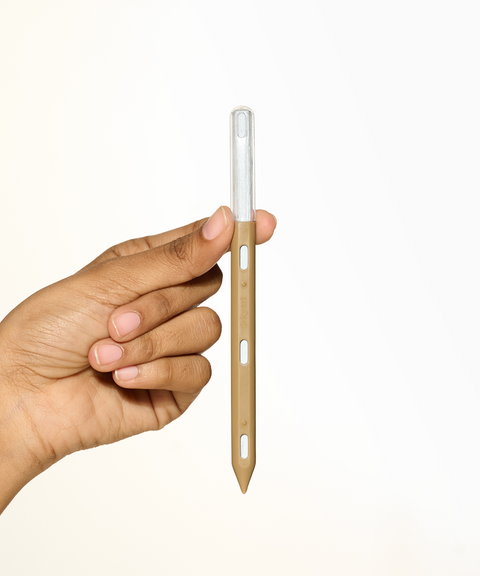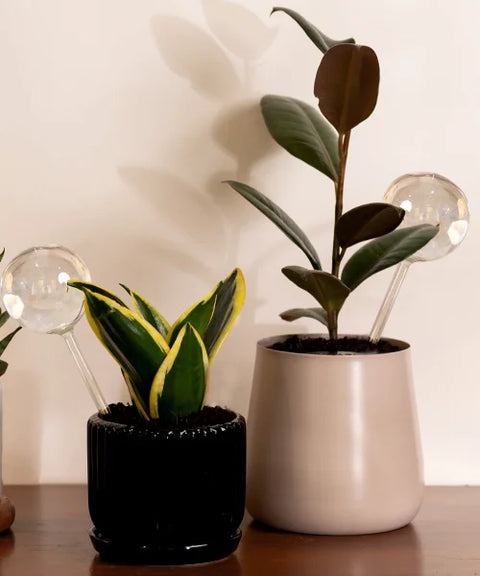English ivy, also known as Hedera Helix, is a popular climbing plant that is loved by gardeners and indoor plant enthusiasts alike. With its attractive foliage and easy-to-care-for nature, it's no wonder that this plant is a favorite among many.In this blog, we will explore the different types of English ivy, how to care for them, and how to propagate them for even more plants to enjoy. Check out some benefits of having this plant around.

A perfect choice for a bedroom
If you want to enjoy a good night's sleep, then having this plant in your bedroom can make fall asleep quickly, thanks to its air-purifying capabilities.
Purifies indoor air
When it comes to cleaning indoor air, this plant is recommended by NASA as one of the most effective plants to clean air as it removes benzene from the air.
Beautifies your indoor space
Thanks to the beautiful leaves and foliage, the plant can instantly uplift the decor element of your home.
A perfect gift
If you want to present a gift to any plant lover, or any of your near and dear ones, then this plant can be a delightful gift.
Types of English Ivy
English ivy comes in a variety of shapes, sizes, and colors. Here are some of the most popular types of English ivy:
- Needlepoint Ivy: This ivy has small, pointed leaves that are perfect for small spaces or as ground cover.
- Irish Ivy: With its large, shiny leaves, this ivy is a great choice for creating a lush, green wall of foliage.
- Duckfoot Ivy: As the name suggests, this ivy has leaves that resemble a duck's foot. It is great for hanging baskets and other containers.
- Gold Child Ivy: This ivy has variegated leaves with yellow and green markings that add a pop of color to any space.

Care for English Ivy
English ivy is a hardy plant that is relatively easy to care for. Here are some tips on how to keep your English ivy healthy and happy:
- Light: English ivy prefers bright, indirect light. However, it can tolerate low-light conditions as well.
- Water: Water your English ivy when the top inch of soil is dry. Do not overwater, as this can cause root rot.
- Soil: Use a well-draining potting mix to ensure that your English ivy's roots do not become waterlogged.
- Fertilizer: Feed your English ivy with a balanced, water-soluble fertilizer once a month during the growing season.
Propagation of English Ivy
English ivy is easy to propagate, and doing so will give you more plants to enjoy. Here are some methods of propagation:
Stem Cuttings:
Take a stem cutting that is 4-6 inches long, remove the leaves from the bottom of the stem, and place it in water or soil until it develops roots.
Layering:
Pin a stem to the soil with a U-shaped pin and cover it with soil. Roots will develop where the stem touches the soil, and you can then cut the stem and plant it in its own pot.
Division:
When your English ivy becomes too big for its pot, you can divide it into smaller plants by carefully removing it from its pot and separating the root ball into smaller pieces. Each piece can then be planted in its own pot.

The bottom line
In conclusion, English ivy is a versatile and easy-to-care-for plant that can add a touch of green to any space. With the right care and propagation methods, you can enjoy this plant for years to come.
Read More
Anthurium: Care, Types Propagation
How to Grow and Care for Hydrangeas?
Repotting the Plant: Things to Keep in Mind









































































